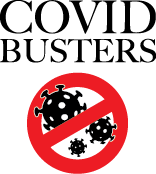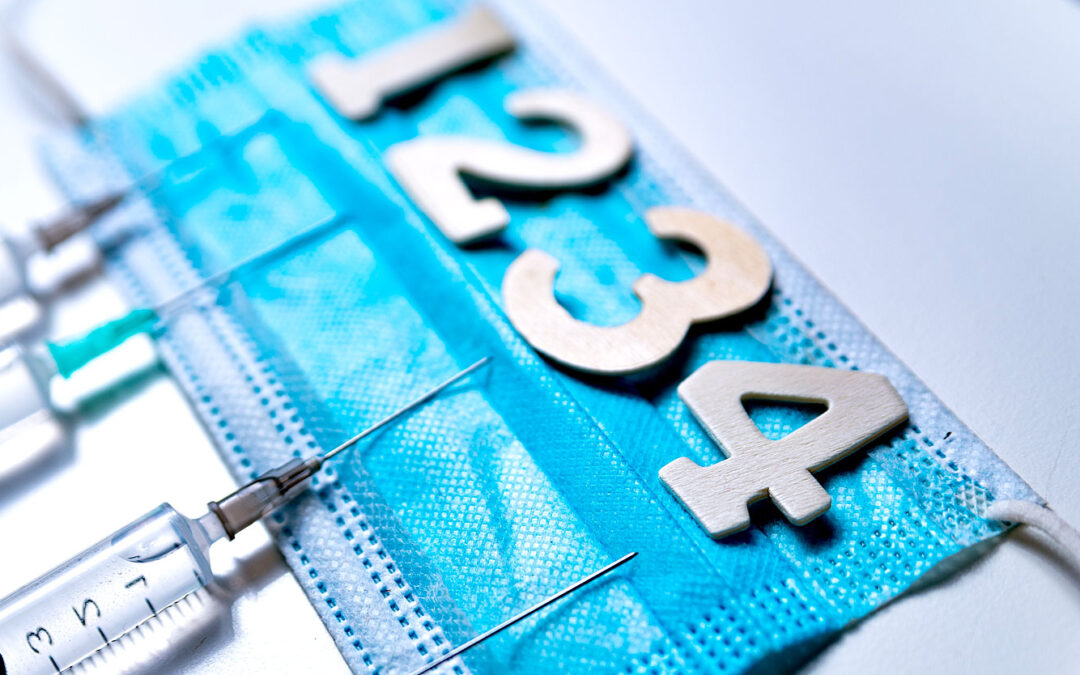We’ve gone from “two mRNA jabs will ensure you won’t carry the virus or get sick or die of COVID” to “you need a booster every four months and you can still contract, transmit, get sick and die of COVID.” At this rate, we’re looking at three injections per year, and the fully-jabbed and boosted are still getting sick with COVID.
Story at-a-glance:
- A preprint study posted April 3 reports high rates of infection with BA.1, BA.1.1 and BA.2 — variants of Omicron — among triple-jabbed health care workers. In all, the incidence rate among the triple-jabbed with one of these variants was 22%, and only 10% remained asymptomatic.
- March 29 the U.S. Food and Drug Administration (FDA) authorized a second booster (dose No. 4, for those taking Pfizer or Moderna) for adults over age 50, as well as a third booster (dose No. 5) for immunocompromised people aged 12 and older. The additional boosters are to be given four months after the last dose.
- The U.S. Centers for Disease Control and Prevention (CDC) is also recommending adults who have received two doses of Janssen’s viral vector DNA shot to get a third shot using either Pfizer or Moderna, despite there being no data on the safety or effectiveness of mixing the various shots.
- FDA authorized doses 4 and 5, without input from its expert voting panel, based on data showing the Moderna shot was only 11% effective and caused side effects in 40% of recipients, and the Pfizer shot was 30% effective and caused side effects in 80% of people.
- The lead author of that paper, Dr. Gili Regev-Yochay, an infectious disease specialist at Sheba Medical Center in Tel HaShomer, Israel, has publicly stated that “Not a third dose, not a fourth dose, not a fifth dose will do anything to stop infections [long-term].”
That the mRNA-based COVID shot is not a real vaccine is evidenced by the sheer number of “boosters” required to keep COVID-19 at bay. When the injections were released at the beginning of 2021, the promises flowed.
Getting the two-dose regimen was said to be 95% effective and would keep you safe from serious infection. If everyone would just roll up their sleeves and get the jab, the pandemic would be over in no time.
By mid-July 2021, just over half the adult U.S. population had received the shot. (Specifically, 56% had received one dose, and 49% were fully vaccinated with two doses.)
Well, before the year was over, reality started setting in, as effectiveness waned far more rapidly than anyone expected. What’s worse, the shot actually increased the infectivity of the Delta variant, and toward the latter part of 2021, hospitals around the world were starting to fill up with “vaccinated” COVID patients.
A preprint study, posted April 3, also reports high rates of infection with BA.1, BA.1.1 and BA.2 — variants of Omicron — among triple-jabbed health care workers.
In all, the incidence rate among the triple-jabbed with one of these variants was 22%, and only 10% remained asymptomatic. As concluded by the authors:
“We report high incidence of omicron infections despite recent booster vaccination in triple vaccinated individuals. Vaccine-induced antibody titres seem to play a limited role in risk of omicron infection. High viral load and secretion of live virus for up to nine days may increase transmission in a triple vaccinated population.”

